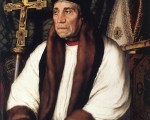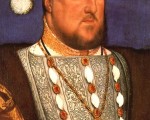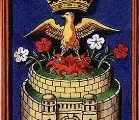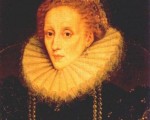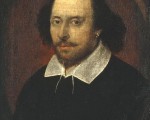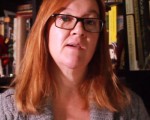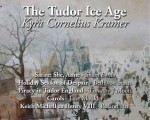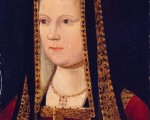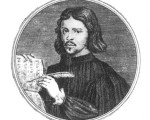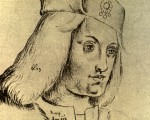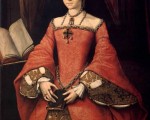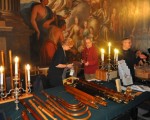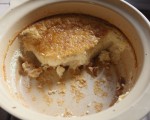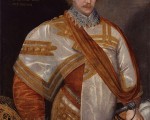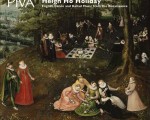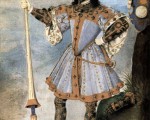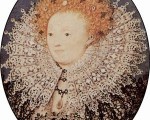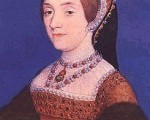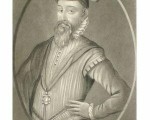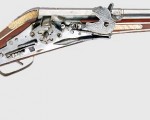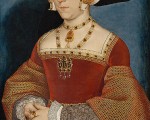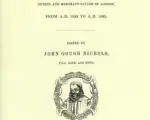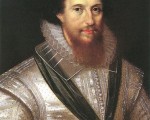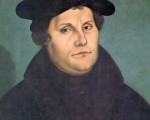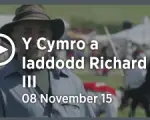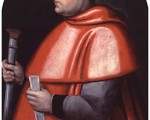
Thank you to author Sarah Bryson for this article on the Amicable Grant, a tax imposed to fund the war against France in 1525.
England had previously been at war with France in 1523 and war against the old enemy was once again proposed in early 1525. In February of that year the French troops had suffered a devastating loss against the Imperial troops of Charles V outside of Pravia. To make matters even worse for the French, their King, Francis I, had been captured in the battle and was now a prisoner of Charles V. When the messenger brought the news of Francis I’s capture to Henry VIII the King is reported to have been likened to the Archangel Gabriel, such was his happiness and excitement at hearing the news. Henry VIII, ever the opportunist, saw another chance at military glory and quickly proposed war against France. The English King believed that the idea to go to war had been blessed by God and, unlike two years previously, he had visions of reclaiming the French throne for England.
[Read More...]

